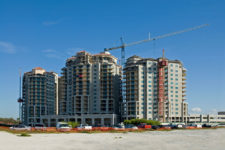On May 8, 2019, the City Council passed a massive package of legislation designed to curb tenant harassment and ramp up occupied construction enforcement (click here to see the details from the 5/8 meeting).
If that sounds familiar, it is – in 2017, the council passed 18 new regulations centered around the same purpose, many of which are in effect now. This new package of laws either refines rules from the 2017 package or introduces new programs with the same intent: protect tenants while monitoring so-called “bad actors.”
So what happens now?
Once the Council passes a bill, the Mayor has 30 days to sign it, veto it, or take no action. If the Mayor elects to take no action within 30 days, the bill officially becomes law. That starts the clock on the below effective dates, as outlined in each specific bill.
In between the law date and the effective date, agencies associated with each new law will likely propose, then promulgate rules that clarify requirements for each law. This process can take anywhere from a few months to several, depending on the complexity of the rules. During that time, the public has an opportunity to provide comments and ask questions. We’ll let you know when the comment period for each rule opens.
For now, we’re sharing the basics of each new bill (assuming they’re all either signed or passively made law), and how each one will impact your team and buildings.
Click on a particular piece of legislation to learn more about that specific rule, including effective dates and a link to the exact copy of the law.




